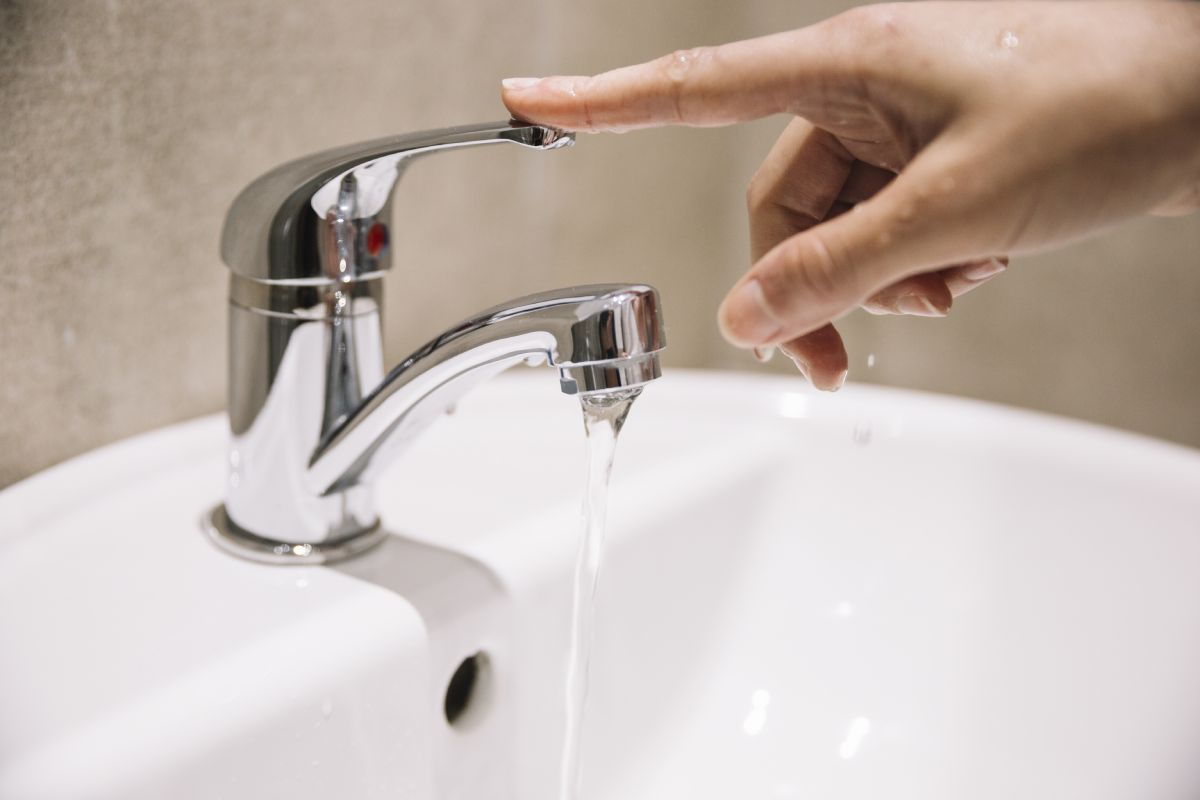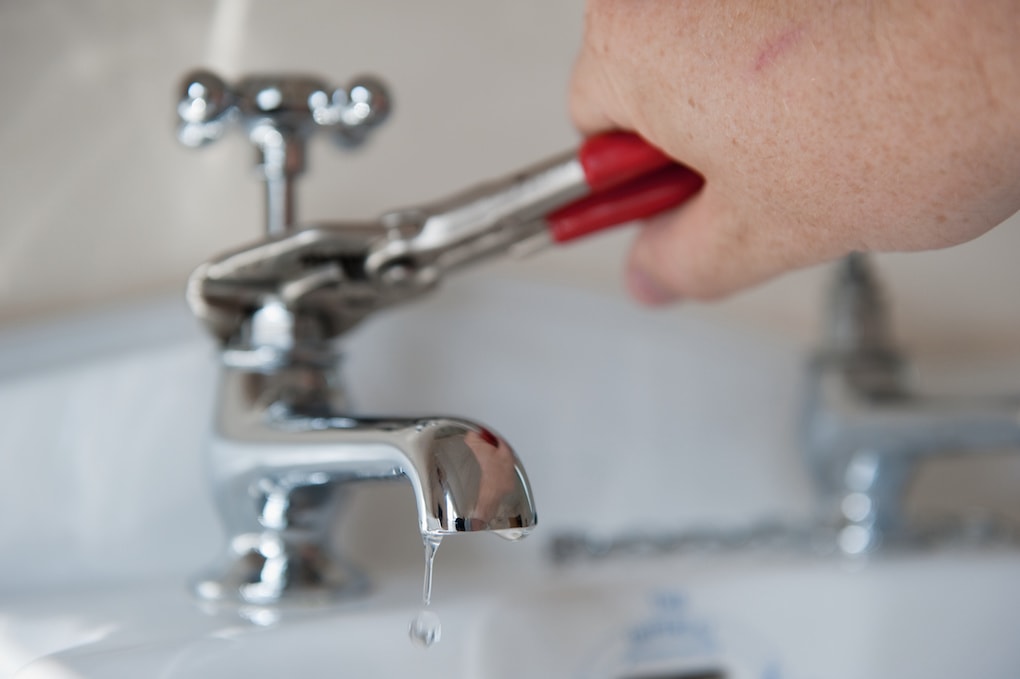Just about every person has got their personal perception with regards to Low Water Pressure in the House?.

Low tide stress in your house can be a frustrating trouble, impacting whatever from showering to cleaning meals. If you're experiencing weak water circulation, there are numerous possible reasons and remedies to check out. In this guide, we'll discuss typical reasons for low tide pressure and practical actions to address the issue successfully.
Intro to Low Tide Stress
Low tide stress occurs when the flow of water from your taps, showers, and various other fixtures is weaker than normal. This can make daily tasks more difficult and much less reliable. Comprehending the causes of low water pressure is vital to locating the right service.
Common Root Causes Of Low Tide Pressure
Faulty Stress Regulatory Authorities
Pressure regulators are responsible for maintaining regular water pressure in your home. If they malfunction, it can result in low tide stress or unequal flow throughout the house.
Community Supply Of Water Issues
In some cases, the problem lies outside your home. Metropolitan water issues, such as main line leaks or upkeep job, can temporarily lower water stress in your location.
Pipeline Obstructions
In time, pipes can come to be obstructed with natural resource, debris, or particles, restricting the circulation of water. This is a typical problem in older homes with galvanized steel pipelines.
Rust
Rust within pipes can result in leakages and reduced water stress. Rust build-up can tighten water circulation, especially in maturing plumbing systems.
Exactly How to Identify Low Water Pressure
Inspecting Pipelines
Check noticeable pipelines for indications of leaks, corrosion, or blockages. Focus on any unusual audios, such as banging or rattling pipelines, which might show concerns within the plumbing system.
Consulting with a Plumber
If you're not able to determine the cause of low water pressure, consider employing a specialist plumber to carry out a detailed evaluation. They can determine underlying concerns and suggest proper remedies.
Examining Taps and Components
Start by checking the water stress at various taps and components throughout your home. If the problem is isolated to specific locations, it might indicate localized problems.
DIY Solutions to Take Care Of Low Water Pressure
Flushing Water Heater
Debris accumulation in the hot water heater can restrict flow and minimize efficiency. Flushing the storage tank occasionally helps remove sediment and maintain optimal performance.
Inspecting Pressure Regulator
Make sure that the pressure regulator is working properly. Changing or changing the regulator can aid recover appropriate water stress throughout your home.
Cleaning Up Aerators and Showerheads
Natural resources can build up in aerators and showerheads, decreasing water flow. Eliminate and cleanse these elements routinely to boost water pressure.
Clearing Up Clogs in Water Lines
For small blockages, attempt using a plumbing serpent or chemical drainpipe cleaner to clear blockages in pipelines. Be cautious when utilizing chemicals and adhere to safety guidelines.
When to Call an Expert Plumber
If DIY efforts stop working to fix the concern or if you believe considerable plumbing issues, it's finest to look for help from a qualified plumber. They have the competence and tools to address complex issues safely and successfully.
Safety Nets to Maintain Water Pressure
Installing a Stress Booster
Think about installing a stress booster pump to enhance water pressure in locations with continually low circulation. This can be especially useful for multi-story homes or homes with high-demand components.
Surveillance Water Usage
Be mindful of water usage behaviors and avoid overtaxing the plumbing system. Basic changes, such as shocking showers and laundry tons, can assist preserve ample water stress.
Routine Maintenance
Schedule regular upkeep for your plumbing system to stop issues such as rust, leakages, and obstructions. Resolving minor troubles early can assist avoid even more substantial repair services in the future.
Conclusion
Taking care of low water stress can be aggravating, but identifying the underlying causes and executing appropriate remedies can bring back optimum circulation throughout your home. Whether it's cleaning up aerators, evaluating pipelines, or seeking advice from a plumber, taking proactive actions can guarantee a consistent supply of water for your day-to-day demands.
FOUR WAYS TO FIX LOW WATER PRESSURE NOW
Turning on a shower or faucet only to find the water comes out in a sad, slow drizzle is never a good feeling. How exactly are you supposed to wash a pan or take a quick shower when it takes 10 minutes just to rinse off a little soap? The good news is that when your water pressure is bad, there's always a cause: typically one that can be easily fixed. Here are some of the most common causes of low pressure and what you can do to fix the issue:
DEBRIS AND MINERAL DEPOSIT BUILDUPS
If you notice low water pressure from just one or two of the fixtures in your house, the problem likely has to do with debris buildup. Water is full of minerals and other debris, all of which can accumulate in your pipes and on your fixtures. This can cause a blockage that affects how much water flows through. To fix this, try filling a small plastic bag with white vinegar, and use a rubber band to hang it around your showerhead or faucet. Let the head of the fixture soak for a few hours, and the vinegar should loosen the deposits.
WATER LEAKS
Leaks are another common cause of low water pressure. If water is flowing out of your plumbing through a hole or crack before it can reach your fixture, the pressure coming out of the faucet or showerhead will be lower. A plumbing professional is your best bet for finding and repairing a leak in your water supply pipes.
Leaks are another common cause of low water pressure. If water is flowing out of your plumbing through a hole or crack before it can reach your fixture, the pressure coming out of the faucet or showerhead will be lower. A plumbing professional is your best bet for finding and repairing a leak in your water supply pipes.
A VALVE ISSUE
If you have low water pressure throughout your home, check your main shut-off valve to make sure it's completely open. You may also want to see if there's a pressure-reducing valve installed. If there is, have a plumber help you adjust the settings to get the pressure you're looking for.
OTHERS USING WATER
Believe it or not, your low water pressure could be caused by your neighbors. If you notice low pressure at certain times of day, it may be because you and the people living next to you have similar schedules - when everyone is showering at the same time, the pressure will be lower in every home. Low pressure throughout the neighborhood may also be caused by an issue with your municipal water supply. If that's the case, call the supplier to see if they're working on the issue.
https://www.rotorooter.com/blog/water-leaking/low-water-pressure-fixes/

Do you enjoy reading about Low Water Pressure in the House?? Create feedback directly below. We'd be pleased to hear your ideas about this blog entry. We are looking forward that you visit us again soon. For those who enjoyed reading our blog entry plz remember to pass it around. Many thanks for your time invested reading it.
Book An Estimate Now